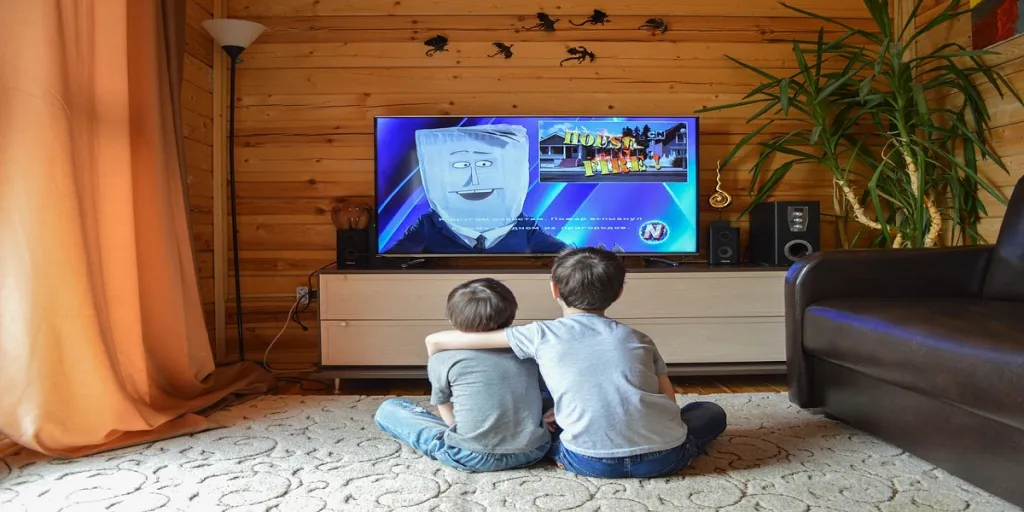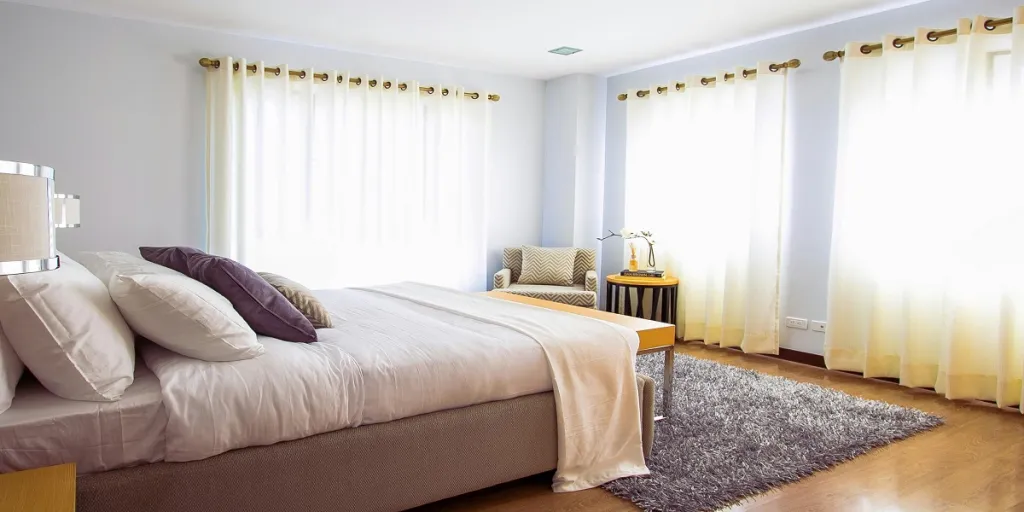TVs are getting bigger and bigger. Nowadays, 55-inch TVs are a thing of the past, and you can find 75-inch TVs and above on the market. Besides, larger OLED TVs need more space to ensure that the TV is in an easily accessible place for viewing. Thus, it’s essential to have a TV stand.
Yet, selecting a TV stand can be daunting. There are several factors to consider, especially with so many options available. If you want to avoid making the wrong choice, you need to employ a checklist to help you make the right choice. Here are five tips for a suitable TV stand selection.
Table of Contents
TV stands: market share and demand
Considerations for TV stand selection
Types of TV stands
Target market for TV stands
TV stands: market share and demand
As of 2020, the global entertainment centers and TV stands market was valued at $2,665 million. The TV stand market is booming due to the demand for smart TVs. Consequently, major TV manufacturers release new products to meet market demand yearly.
TV stands have become diverse in design, ranging from simple to sophisticated. This is fantastic news for entrepreneurs planning to start their own TV stand business because there will always be a style to suit every customer.
Considerations for TV stand selection
Size matters a lot
Selecting a suitable TV stand for customers requires careful consideration. When customers shop for a TV stand, they consider the size of their TV, as this will indicate what type of TV stand would be ideal for them.
The stand’s size is vital since it should not be too broad (depending on the TV’s size), making the whole arrangement look flawed. Knowing why size matters for TV stands allows you as a wholesaler to guide your customers on what is most suitable for them.
Choose the right material
TV stands come in many materials like glass, metal, and wood. But the most popular choice among most customers is the wood TV stand.
The wooden TV stands are more durable and stylish than other available materials. Also, the materials used are environmentally friendly, making them even more suitable options.
Medium-density fibreboard (MDF) is an excellent material for TV stands because it can work well in almost any environment. Whether in a modern/contemporary or more traditional décor, the modern MDF TV stand in the right colors will blend nicely with the rest of the furnishings.
TV stand styles and features are also crucial
TV stand styles vary from spacious to compact. These stands come in different shapes and sizes and offer varying features. These features include cabinets for storage, shelves for cable boxes, extra outlets for entertainment centers, modern and contemporary designs, and classic and traditional styles.
Consider the demand in your location
Consider what products and designs are selling best in your location and include them on your list of options when deciding which TV stands to sell to your customers.
Maybe your area is flooded with antique furniture, so selling glass TV stands could be challenging. If you’re in a populous city like New York or San Francisco, that’s likely not going to be an issue.
It’s important to know what customers want, so you can better serve their needs.
Go for neutral designs
One of the most significant dilemmas you may face when buying a TV stand is deciding between different styles and colors.
If you want to sell your TV stands at great prices in the market, you must go for designs that can easily blend with customers’ home décor. Neutral colors and materials are always suitable for TV stands, especially for customers that love aesthetic appeal.
Types of TV stands
Fireplace TV stands
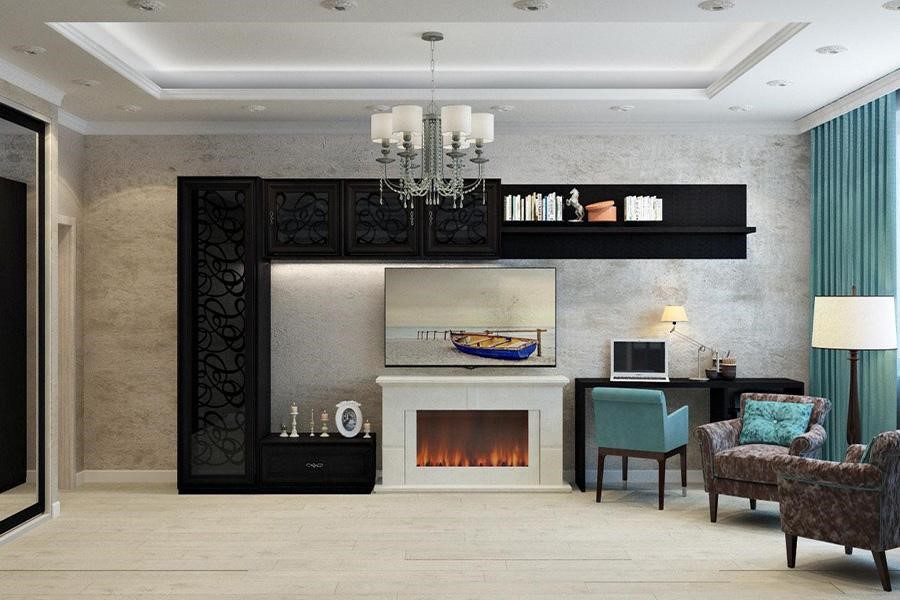
Fireplace TV stands are perfect for home theater setups. They have a built-in mantelpiece and can complement various interior décor styles. Fireplace TV stands are perfect for adding a touch of warmth to the room. There are also LED light fireplace TV stands with modern aesthetics on the market.
Pros
- Enhance the aesthetic of a living room
- Blend in well with any interior design
- Electric TV stands provide a realistic atmosphere
- Create a warm cozy feeling
Cons
- More expensive than a regular TV stand
- Can be tricky to move and install
- Less usage of the fireplace during summer
Corner TV stands
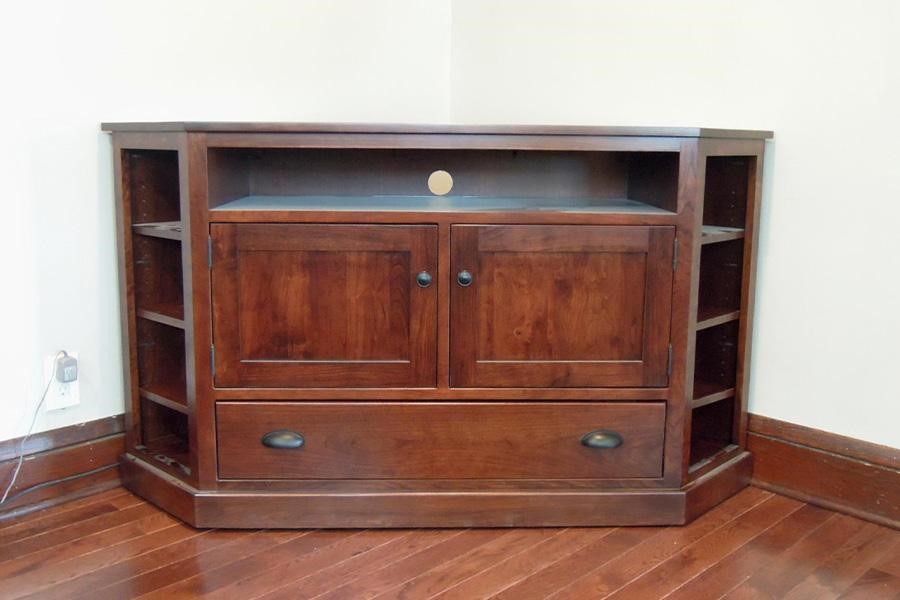
Corner TV stands can support flat or curved screens and are designed specifically for rooms with limited space. Corner stands allow easy accessibility and maneuvering of the television since it’s easy to turn and adjust the screen.
Pros
- Ideal solution when space is reduced
- Perfect for corner setups
- Easy to mount
Cons
- Not versatile
- Sharp edges around a corner TV stand might be unsafe
Floating TV stands
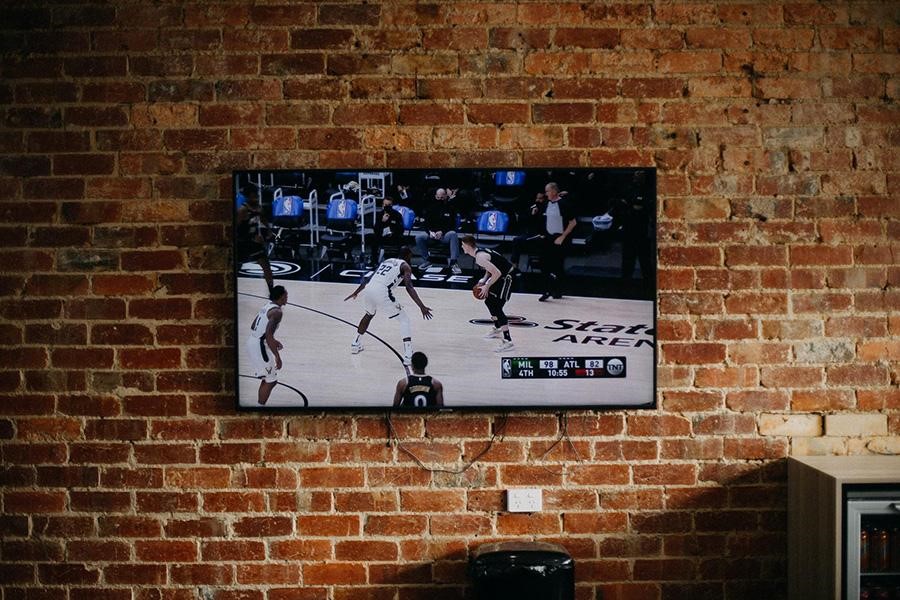

The floating TV stand is the most convenient type of TV stand. It can be placed on the wall, but it seems like it’s just hanging in midair. Some floating TV stands have added features like drawers and shelves to help keep the living room organized. They’re great for adding additional shelving or display space.
Pros
- Minimalistic and modern design
- More space
- Safer for homes with toddlers
- Customizable for an ideal viewing experience
Cons
- Little or no storage space
- Extra time and effort for installation
Cabinet TV stands
Often referred to as sideboards, cabinet TV stands are ideal for providing an excellent opportunity to display various decorative items such as vases, figurines, and pictures.
A television stand cabinet is a perfect option for adding storage space to a room while at the same time adding aesthetic appeal. Options include corner cabinets with doors, drawers to hold soundbars and other media devices, and simpler models with open shelving.
Pros
- Convenient and additional storage space
- Stunning appeal
- Many design and material options
Cons
- Might retain dust underneath
- Not very safe for homes with toddlers
- Takes more space than other options
Swivel TV stands
The swivel TV stand is a modern TV stand with transforming functions. These stands provide some of the most comfortable viewing angles, as they can be adjusted to fit any room or space comfortably.
Swiveling TV stands are also ideal if customers want to move around when watching television to rest on different sofas and chairs. It provides an excellent solution for all TV, gaming, and entertainment needs.
Pros
- Practicality
- Save space in smaller living rooms
- Can be a focal point for a room
- Easy to move and clean
Cons
- Heavy TVs can damage the stand
- Slight wobbling when swiveled
Target market for TV stands
The TV stands’ market valuation was $2,310 million in 2018 and is expected to reach $3,550 million by 2025, growing at a CAGR of 5.5%. Many manufacturing businesses are currently in the global entertainment centers and TV stands industry, particularly in Europe, North America, and China.
China is the largest consumer, with roughly 43% of the sales revenue market for entertainment centers and TV stands. The North American market share of sales revenue is second, followed by Europe at over 17%. Knowing the segments (product types, end-users, regions, and companies) allows you to identify the various factors contributing to market growth.
Final thoughts
For all the variety, the world of TV stands ultimately comes down to one essential question: what do customers intend to display on them? Soundbars, speakers, and other electronics all have different size requirements.
No matter what you’re looking for, each TV stand can provide your customers with some sort of convenience or function. Steer yourself in the right direction with the tips above before choosing TV stands to sell to your customers.
You can find more information about TV stands in the TV stand section of Alibaba.com.
